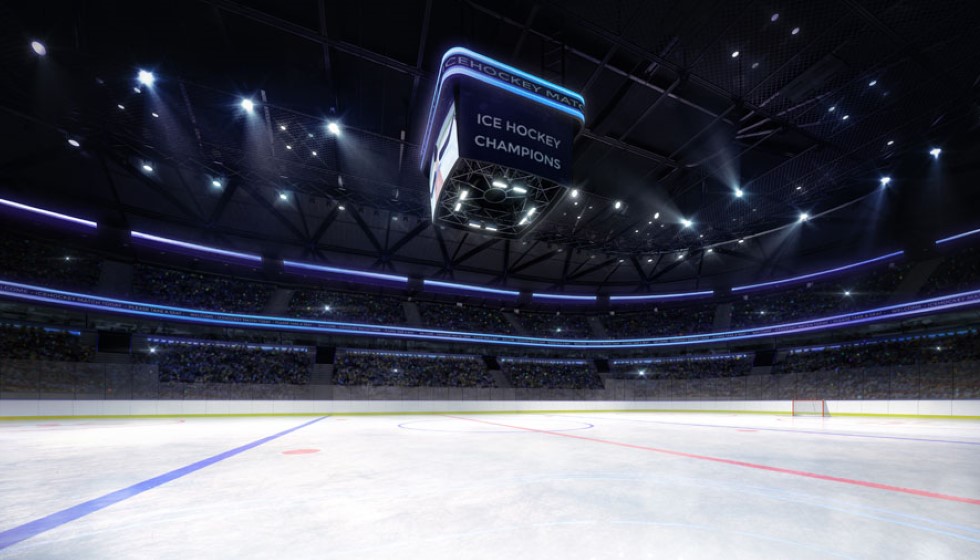
In a recent clash between the Toronto Leafs and the New York Rangers, the game's intensity reached a peak when Ryan Reaves and Matt Rempe, players known for their physical style of play, faced off. However, the spotlight was especially on Matt Rempe, the towering 6-foot-7-inch rookie weighing in at 240 pounds, given his role and the broader conversation around the function and impact of enforcers in the NHL today.
The Role of Enforcers: A Tradition Under Scrutiny
Enforcers in hockey have always been pivotal, often being the heart of the team's spirit and the protectors of its star players. Rempe, with just seven games under his belt, has already made a significant impact in this role. With one goal, one assist, and a notable 37 minutes in the penalty box—5 minutes more than his actual gameplay time—Rempe has quickly been labeled as an "enforcer" in the league.
However, the role of enforcers has come under increasing scrutiny, especially following the tragic deaths of Derek Boogaard, Wade Belak, and Rick Rypien in 2011. These incidents led to a deeper examination of the mental and physical toll of fighting in hockey, with research pointing toward a connection between repeated concussions and Chronic Traumatic Encephalopathy (CTE). Despite this, NHL Commissioner Gary Bettman has publicly disagreed with findings that directly link hockey fights to CTE, a stance that sparks ongoing debate.
The Evolution of Hockey: From Brawls to Skills
The NHL has undoubtedly evolved, with analytics playing a more significant role in shaping the game. This shift underscores the challenges enforcers face in finding their place in the modern era, where the emphasis is increasingly on speed, skill, and scoring ability—qualities not typically associated with the traditional enforcer.
Fights have become less frequent, leading to a faster and arguably more engaging game. This evolution also reflects efforts to make hockey more inclusive, moving away from the notion that physical intimidation and fighting are essential components of the sport.
Enforcing the "Code": The Debate Continues
Despite these changes, fighting remains part of hockey's "code," a set of unwritten rules that many players and fans believe helps regulate the game and protect players. TNT's NHL panel discussion, where Paul Bissonnette praised Rempe's old-school style hit and his readiness to answer for his actions on the ice, exemplifies the ongoing appreciation for this aspect of the game within certain circles.
Rempe's actions and the broader discussion about the role of enforcers in the NHL are emblematic of the sport's cultural battleground. This was further highlighted during the NHL's All-Star break in Florida, where a seemingly unrelated incident involving the league's LinkedIn post about a career fair sparked criticism from Florida Governor Ron DeSantis. The governor's office stated that they don't support any form of discrimination, framing the NHL's efforts to promote diversity and inclusion within the context of broader societal debates.
Keeping the Game Safe or Escalating Tensions?
There's a belief among some hockey purists that enforcers help keep the game safer by deterring dangerous play through the threat of retribution. This perspective suggests that the presence of players like Rempe could prevent more severe incidents on the ice by ensuring that everyone adheres to the unwritten rules of the game.
However, as the NHL continues to evolve, the question becomes whether the role of the enforcer, as it has traditionally been understood, is compatible with the league's direction. Does the presence of enforcers escalate tensions or provide a form of governance on the ice? This debate is far from settled and continues to be a significant point of discussion among fans, players, and league officials alike.
In conclusion, as the NHL strides towards a future where speed, skill, and inclusivity take precedence, the role of enforcers like Matt Rempe remains a complex and debated topic. While their place in the league's history is undeniable, how they fit into its future is an ongoing conversation—one that reflects broader shifts within the sport and society at large.